When it comes to a national war effort, everyone must do their bit.
But at the height of the Second World War in 1942 Aberdonians rose to the challenge by raising funds the equivalent of more than £188 million today — in just five days.
HMS Scylla was a Royal Navy Dido-class cruiser, built by Scotts Shipbuilding and Engineering Company in Greenock, in April 1939.
She was launched on July 24 1940, and commissioned on June 12 1942 — but someone needed to foot the bill, a mere £2.75m, more than £153m today.
Early in the war, the Royal Navy not only had lost many of its most important warships but was facing increasing pressure to provide escorts for convoys in the Atlantic.
There was no shortage of sailors, but ships sunk by enemy action had to be replaced.
How was the money raised?
Warship Weeks were British National savings campaigns during the Second World War, with the aim of a Royal Navy warship being adopted by a civil community.
The city of Aberdeen was given the challenge, and not only stumped up the vast sum, but an extra £35m in today’s money on top.
How did they do it, given that most of the younger men were away fighting?
Charismatic provost Tommy Mitchell can take some of the credit, spurring on the populace with wild enthusiasm.
He whipped up a frenzy of fund-raising with phrases like: “Gies yer siller for the Scylla” and “Don’t worship your money, worship the warship.”
Even so, a handful of ‘siller’ from everyone in Aberdeen, supposing they could afford it in those hard times, would barely have dented the bottom line.
The bulk of the money seems to have come from huge donations from private legacies by the city’s rich and privileged.
It’s still a bit of a mystery.
The ‘adoption’ of HMS Scylla
In 2002, a day of celebration took place in the city, marking 60 years since Aberdeen ‘adopted’ HMS Scylla.
It was organised by Aberdeen’s Sea Cadet Unit, named Training Ship Scylla in 1942 as a tribute to the warship.
One of the organisers, Brian Robertson said: “We’ve really no idea how they managed to raise such a phenomenal sum so quickly.
“I think it was simply that the people of Aberdeen felt a deep attachment to the ship and her crew and the generosity turned out to be huge.”
The people of Aberdeen became the official adopters of HMS Scylla, the fourth in the Royal Navy to be named after the mythological sea monster which haunted the Straits of Messina and devoured the victims of the Charybdis whirlpool.
An Evening Express reporter was inspired to literary heights when he first saw HMS Scylla at home in Aberdeen: “Scylla rides at anchor in the estuary, her slim lines investing her with lithe, feline menace.
“She is alive, swift, vital, her panther-like aspect heightened by the camouflage markings that merge her into the background.”
Scylla had a well-earned reputation
Although her nickname in the Home Fleet was The Toothless Tiger, the cruiser soon earned herself a very different reputation, shooting down no fewer than six enemy aircraft during the famous mission to escort the Russian PQ18 convoy to Murmansk.
In 1943, a War Comforts Fund, ‘The Scylla Circle’ got busy for their beloved warship, preparing a consignment of ‘comforts and games’ for the crew.
The ship was returning to port after their latest exploit, intercepting and sinking a German blockade-runner, Rhakotis, about 200 nautical miles north-west of Cape Finisterre.
When Scylla opened fire the Germans scuttled their ship.
The P&J of the day reported that the comforts were “one tangible way in which we can express our pride in the achievements of that brave company under the command of Capt I. A. P. (Ian Agnew Patterson) MacIntyre, DSO, who first thrilled the world by the part they played in the epic of the Murmansk convoy.
“Now a few weeks later they have performed a neat and gallant piece of interception which has given satisfaction to the whole country.
“It is for us to see that the gallant crew of our own cruiser do not lack for comforts and recreations of board ship when they are hunting Axis ships on the high seas.
“Few warships achieve so much as Scylla has done, thanks to the bravery and skill of officers and men.”
The legacy of HMS Scylla
At the time, she was the proud flagship for Vice Admiral RA Burnett. He was born in Old Deer, Aberdeenshire, son of John Alexander Burnett, 7th of Kemnay.
Scylla did her bit at the Normandy landings, carrying the flag of Rear Admiral Sir Philip Vian, commander of the Eastern Task Force.
Sadly, Aberdeen’s beloved warship was badly damaged by mines on June 23 1944, and declared a total loss.
She was towed back to Britain to be used as a target ship and finally broken up in 1950.
Her Mother City was honoured with the presentation of her battle ensign and crest, still treasured possessions in the Town House.
There was to be another HMS Scylla, the fifth and final one, honoured with the Freedom of Aberdeen in 1992.
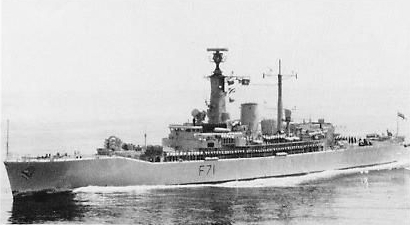
She was the last warship, a Leander class frigate, to be built in Devonport dockyard, and was launched in 1970.
During her first commission, she made it into the Guinness Book of Records after towing HMS Penelope at speeds of up to 23 knots.
Proud record
During her long service, she completed two tours of the Far East and a memorable period as Icelandic Patrol during the Cod Wars.
Later she was part of the Task Force in the Falklands, fitted with Exocet and Seawolf missiles and carrying a Lynx helicopter.
In 1991, she was in action in the Gulf War.
A year later, thousands of Aberdonians turned out to greet their ship when she arrived for the Freedom of the City.
And later to say a fond farewell when she sailed out of the harbour forever a few days later,
She was decommissioned in 1994.
Eventually, in accordance with Options for Change, she was sunk as an artificial reef in 2004 off Whitsand Bay, Cornwall.
You might also like:
New campaign launched to trace surviving members of the Russian Arctic Convoys and their families
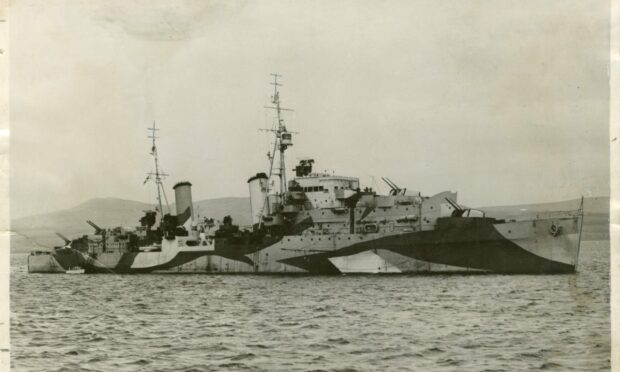


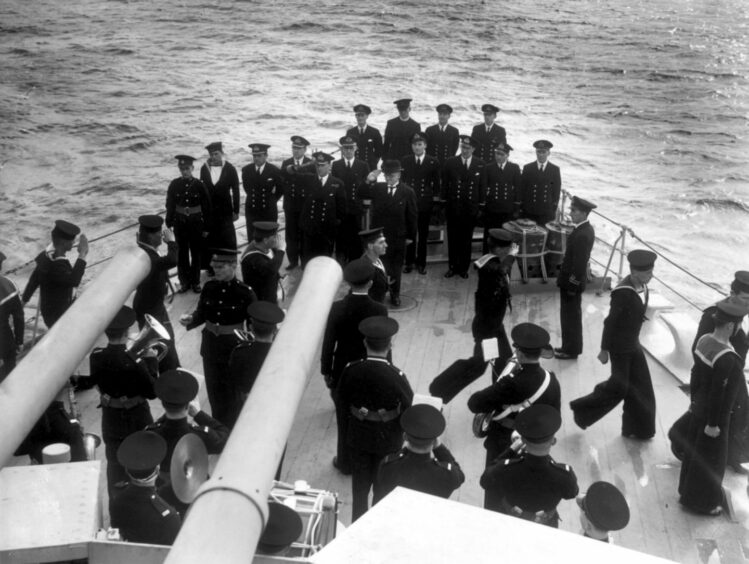

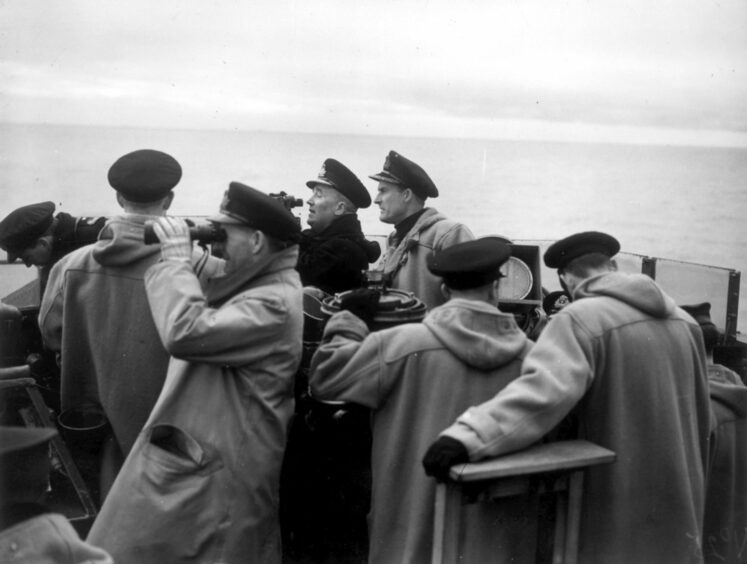

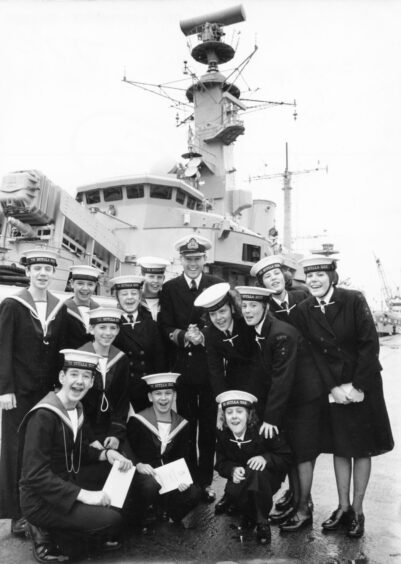

Conversation